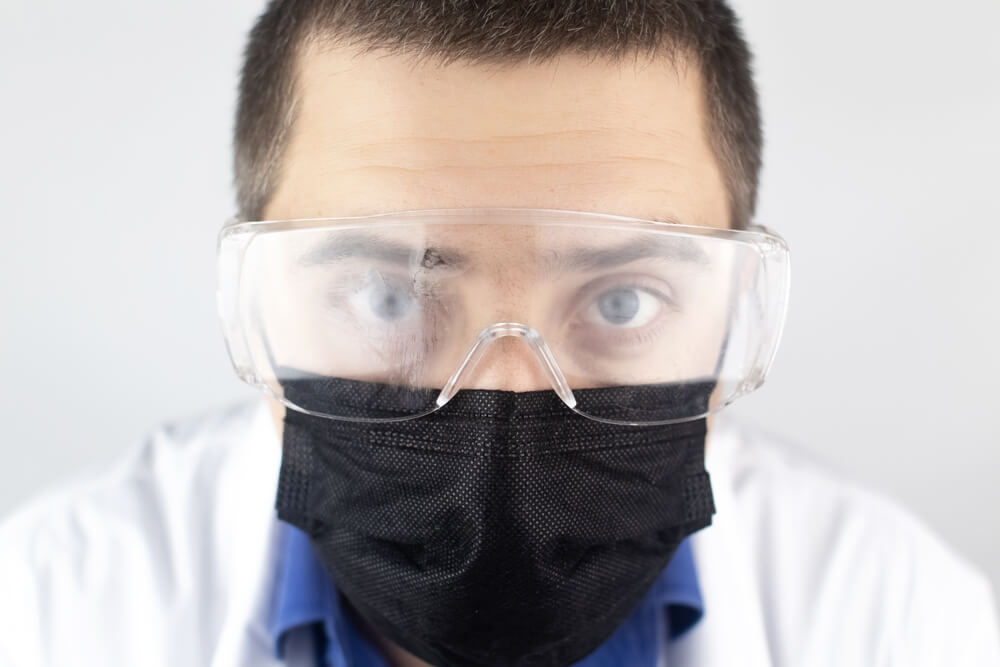
Blog
How to Stop Safety Glasses from Fogging Up
While occasionally foggy sunglasses or eyeglasses are a nuisance for all of us, fogging safety glasses pose a special risk to your eyes. Your safety glasses can't keep you safe if you have to take them off to clear the fog. At SEG, we're passionate about safety and detest fog—that is, fog that builds up on your glasses and obscures your vision. We're going to explain to you why safety glasses fog up in the first place and offer some maintenance advice. To provide the most protection for your eyes, safety glasses should also have a few other special qualities, which we'll go over. What the heck? What's Up With The Fog?
What is Ultimately Producing the Fog?
There are moments when it feels as though you can use your spectacles without even a touch of dampness. On other occasions, it seems like you wipe your protective glasses on the fabric of your shirt throughout the entirety of the workday.
Why It Occurs?
When warm air condenses on a cold surface, fog is created. Moisture from the heated air automatically liquefies when it comes into contact with the cooler area of your glasses. It is also the cause why wiping your glasses with your shirt and exhaling on the lens works; the condensation from your hot breath helps remove dirt from the lens, but it also causes dirt from your shirt to re-attach itself to the lens.
When Does That Take Place?
Anytime there's a chance for heated air to contact your glasses' cold lens, fog can form on them. Fog is unlikely to occur if the temperature of your safety lenses is reasonably near to that of the surrounding air. In certain circumstances, fog is a given.
- Wearing safety glasses while exercising (rowing, riding, etc.) and breathing deeply
- Moving from hot to cool spaces or the other way around
- Changing from inside to outside
- Activating your car's air conditioner or heater
- You will encounter a foggy spectacle condition when the seasons change and maintain a thermostat set at eighty degrees.
When Something Is Wrong?
Although foggy glasses are a constant nuisance, there are situations in which they pose a greater threat. There are two problems when protective eyewear fogs and you take them off to clean them:
You are no longer shielding your eyes. Most of us don't consider removing our glasses before we take steps to protect our eyes. That implies people take off their safety glasses while they remain the eye risk, which is undoubtedly dangerous.
You've been distracted. Taking a break from work to perform maintenance on your yard or use a machine at work increases the risk of errors and mishaps that could affect your vision and other body parts.
Foggy glasses can cause unnecessary injuries and loss of vision, even if they may just appear bothersome at first. You might be shocked to hear how frequently accidents actually occur if you believe they are uncommon.
How Often Do Eye Injuries Occur?
Unexpectedly, eye injuries occur more frequently. The CDC reports that about 2,000 occur every day. These wounds are more serious than a simple dust particle in the eye that requires washing. A significant number of these lead to an ER visit, and of those, roughly one-third cause missed work time (i.e., missed income, medical bills, and itchy hospital linens).
According to experts, if one wears Armourx safety glasses appropriately, they can avoid 98% of them. This entails wearing them securely attached to your face so that you won't need to take them off to clear the fog. It's time to discover how to eliminate foggy lenses if your safety glasses are causing you to see things hazily.
Four Ways To Prevent Fog in Your Safety Glasses
There are scientific explanations for why fogging occurs, and the strongest defense against science is science itself. Here are four ultra-scious but unique techniques to get rid of the mist:
Laundry soap
Can America's beloved small blue dish soap accomplish anything? Dish soap is a powerful cleaning agent that may be used for anything from dishes to spots to clearing up oil spills. It turns out that applying a small amount of dish soap to your lenses could help prevent fogging, at least temporarily. The key? Glycerin. Dish soap contains glycerin, which leaves a thin layer on your safety glasses to help keep them from fogging up and is difficult to remove.
Try this: Take a tiny drop of dish soap, wipe it all over the lens with a gentle touch, and then rinse. After that, let your glasses air dry.
Sadly, the effectiveness of this anti-fogging technique is somewhat short-lived. You'll need to give yourself another wash with extra dish soap after being in heated air for a few times. Unluckily, it just looks strange to have a container of dishwasher soap in your backpack or purse. Furthermore, the anti-fog layer on your safety eyewear may be harmed by this approach. Unless it's your last option, we advise not trying this one because of this.
Shaving Lotion
This situation is covered by the same idea that covers soap. Applying shaving cream in the same manner as soap can keep your glasses clear of fog for a while if it contains glycerin, as the majority do. Apply a small amount to each lens, rubbing it in before rinsing and letting it air dry.
Fog-reduction sprays and Drops
Compared to a bottle of soap for dishes or shaving cream, these are 100% lighter (and socially acceptable) quick fixes that you can carry with you. Because anti-fog drops contain a chemical identical to that used in anti-fogging glasses, they typically work more effectively than most at-home cures. By reducing surface tension, this substance produces a thin coating of water that does not disperse droplets.
Anti-fog wipes and drops have the drawback of being a temporary solution. Even so, it's unlikely that you'll need to take care of your glasses as often as you'd need to if you were only attempting the soap or shaving lotion method. You need anti-fog-coated lenses if you want effective anti-fog protection.
Lenses that prevent fogging
It is necessary to have anti-fog lenses. Permanent anti-fog coatings on these kinds of lenses naturally release the surface tension, reducing and/or eliminating fog. Even while anti-fog coatings ultimately wear off, you'll get considerably more use out of them and find it much simpler to stay clear of fog if your Pentax safety glasses are expertly coated during production. Every pair of safety eyewear from SEG has an anti-fog coating applied already, so you don't have to bother taking them off to clean them.
The premium lenses have a thicker, longer-lasting coating applied after being immersed in an anti-fog solution. Our lenses have an edge over goggles treated with anti-fog spray because of this. Fog-free safety specifications are only a portion in terms of outstanding safety features. Let's discuss a couple more strategies for enhancing your defense.
Additional Protective Features That You Must Have Now
Your safety eyewear should have additional features to protect your eyes, but their superpowers don't end with anti-fog coating. At SEG, we incorporate functions into our eyeglasses that, up until this point, you didn't even realize you needed.
Blue Light-Blocking Technology
Have you had any experience of blue light? It is comparable to ultraviolet (UV) rays because it is a brief but intense wavelength of energy that can pass past your cornea and into your retina, the area in which vision is produced. In addition to the sun, gadgets like LED TVs, tablets, and cell phones also emit blue light.
Because most of us are exposed to such high levels of blue light, researchers are concerned about this phenomenon. Blue light may be a factor in Computer Vision Syndrome, an eye condition that can result in blurred vision, redness, eye strain, watery, irritated eyes, tired eyes, and headaches. The long-term consequences of blue rays on your retinas are something you are unaware of.
Does blue light pose a threat to your eyesight or raise your chance of macular degeneration?
It is conceivable. For this reason, shielding your vision from blue rays is crucial. Investing in safety glasses with blue ray-filtering technology is one way to shield the eyes from blue light. Whether you're indoors or out, these lenses protect your eyes by blocking the dangerous blue light.
1. UV Protection
You'll require UV protection whether or not you're working outside because not every pair of safety glasses provides it. UV radiation can harm your eyes, hastening the aging process and raising the risk of cataracts and cancer. Putting on sunglasses over safety glasses is perhaps the least comfortable (and most unflattering) thing you can do.
Select UV-protecting safety glasses as an alternative. Polycarbonate, the material used to make most SEG safety glasses, naturally blocks UV light without the need for tinting. so that you can see well without running the risk of getting damaging UV radiation in your eyes.
Impact Resistance
You must have shatterproof safety glasses if you wear them. An errant nail from work or a pebble from your lawnmower could cause you to permanently lose your vision. For shatter-resistant protection, the ANSI Z87.1-2020 rating is the gold standard. When your glasses fit this requirement, you may be sure they've completed two crucial tests:
- Test of high velocity. To make sure the safety glasses don't break, a ball bearing—think of it as an object that resembles a bullet—is fired at them.
- Test of high impact. A large weight is lowered upon the eyewear. They must not break like adolescent emotions to pass the test. You can count on glasses that have completed these strength tests to provide outstanding eye care in any scenario where flying debris is a possibility.
2. Comfort and Style
Perplexed? You shouldn't be, in our opinion. At SEG, we believe that personal protective equipment (PPE), such as safety glasses and goggles, should be a piece of device you need to use since it may encourage compliance. We never make you pick between comfort, style, or safety because of this.
With so many various frame designs, hues, and sizes available for our safety eyewear, you can create a design that's personalized and something you'll be proud to wear. You'll unintentionally wear these into the shower at some point because they're so comfortable and lightweight.
Avoid This Advice: Don't Use These Items with Your Glasses
Due to the widespread occurrence of foggy glasses, there are a tonne of solutions available online. However, not every one of these recommendations is safe for your glasses! Avoid using the following "hacks":
- Toothpaste. It might severely erode your lenses.
- Sanitizer for hands. Regular prescription lenses will probably be harmed by the high alcohol concentration of hand sanitizer, even though medical personnel can utilize it for their medical goggles.
- Grape juice. It can dissolve the protective coating on your lenses because it is quite acidic.
- Shampoo for babies. It's probably going to leave a layer on your safety glasses, which will make vision much worse.
- Saliva. In an attempt to maintain fog, please refrain from spitting on your glasses to remove fog.
Common Designs of Eyeglasses with Anti-Fogging Coatings
Customers most frequently utilize our anti-fog coating on Wileyx prescription safety glasses for manufacturing environments. Usually, this entails applying face shields, safety goggles, and ophthalmic lenses. In labs, warehouses, and other environments where eye protection is a primary concern, all of these kinds of eyewear are employed.
However, it's not exclusive to industrial environments. You may add the protective coating to a lot of the frame types that you find on our website safetyeyeglasses.com. An increasing number of our clients also use the anti-fog coating on their sports eyewear. Any individual can remain fashionable while protecting yourself from the weather by wearing different frames.
Frame Styles Available
Because they look good in any situation, aviator glasses are among the most popular types of eyewear. Notable brands like Hudson, Armourx, Onguard, and DVX are available here. These are often extremely thin frames that readily fog up if they are not adequately coated with an anti-fog substance.
Wayfarer frames are equally well-liked and frequently have a more vintage appearance. They provide you with a great deal of customization and have a thicker frame, similar to the aviator design mentioned above. This frequently entails locating contemporary elements on frames in a variety of colors.
In addition to being quite popular, hipster frames frequently have bigger lenses, which makes fogging a major issue. Anti-fog coatings on sports eyeglasses are crucial if you're getting ready for a big sporting event. Ideally, when jogging in harsh weather, you don't want these glasses to fog up on you. This might easily occur during competition or training.
Solutions
There are various choices available for fogging solutions.
Safety glasses come in two primary styles: one that resembles eyeglasses and the other that has a wraparound frame. The wraparound frame design is required for some activities, but if it isn't properly vented, it will probably fog up because of limited airflow. Since safety glasses are designed to sit away from the face, they allow for more breathability if you can change up their style. These fashionable and versatile safety glasses only need to have their side shields fastened to become a certified safety alternative with significantly lower fogging rates.
Read our blog post on the “Top 5 anti-fog safety glasses” to find out if your glasses qualify for safety certification.
With fog-free lenses, experience a clear view
If you wear foggy glasses, it might be annoying to view a menu or look at your friend's face. We do hope you can wear your frames and face covering without irritation, though, now that you know how to prevent your safety eyewear from fogging while wearing a mask.


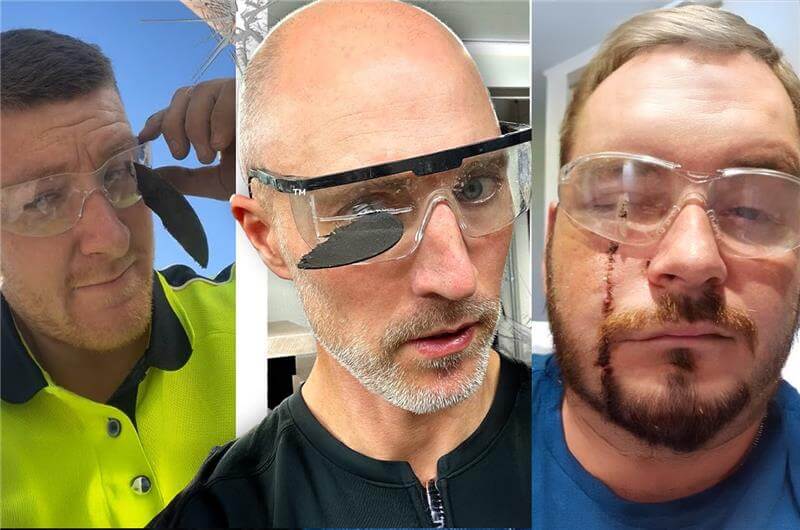
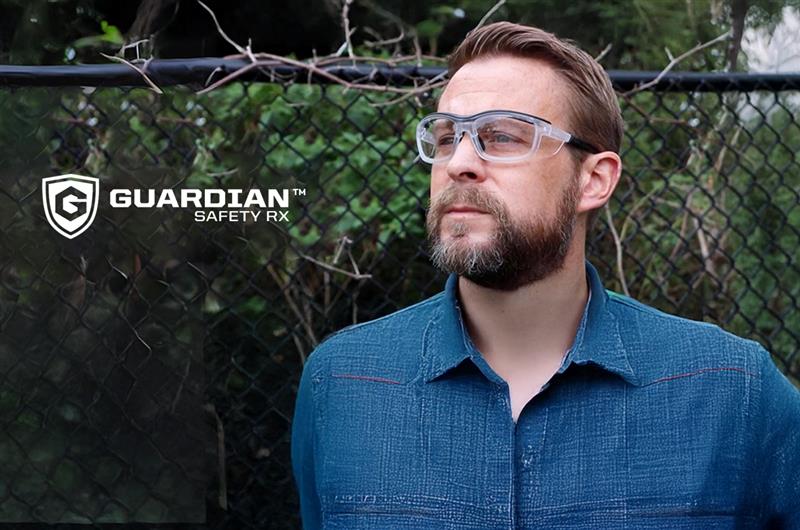
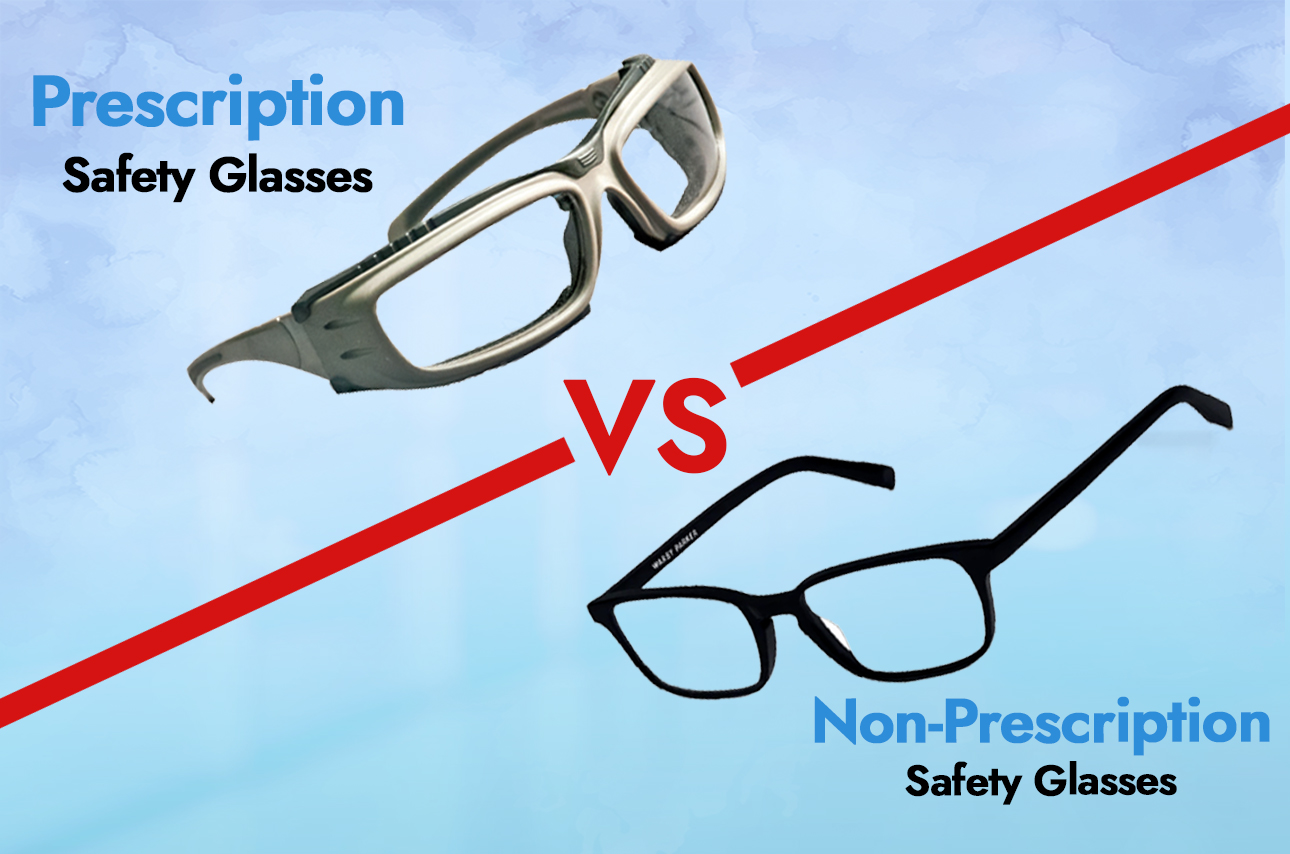
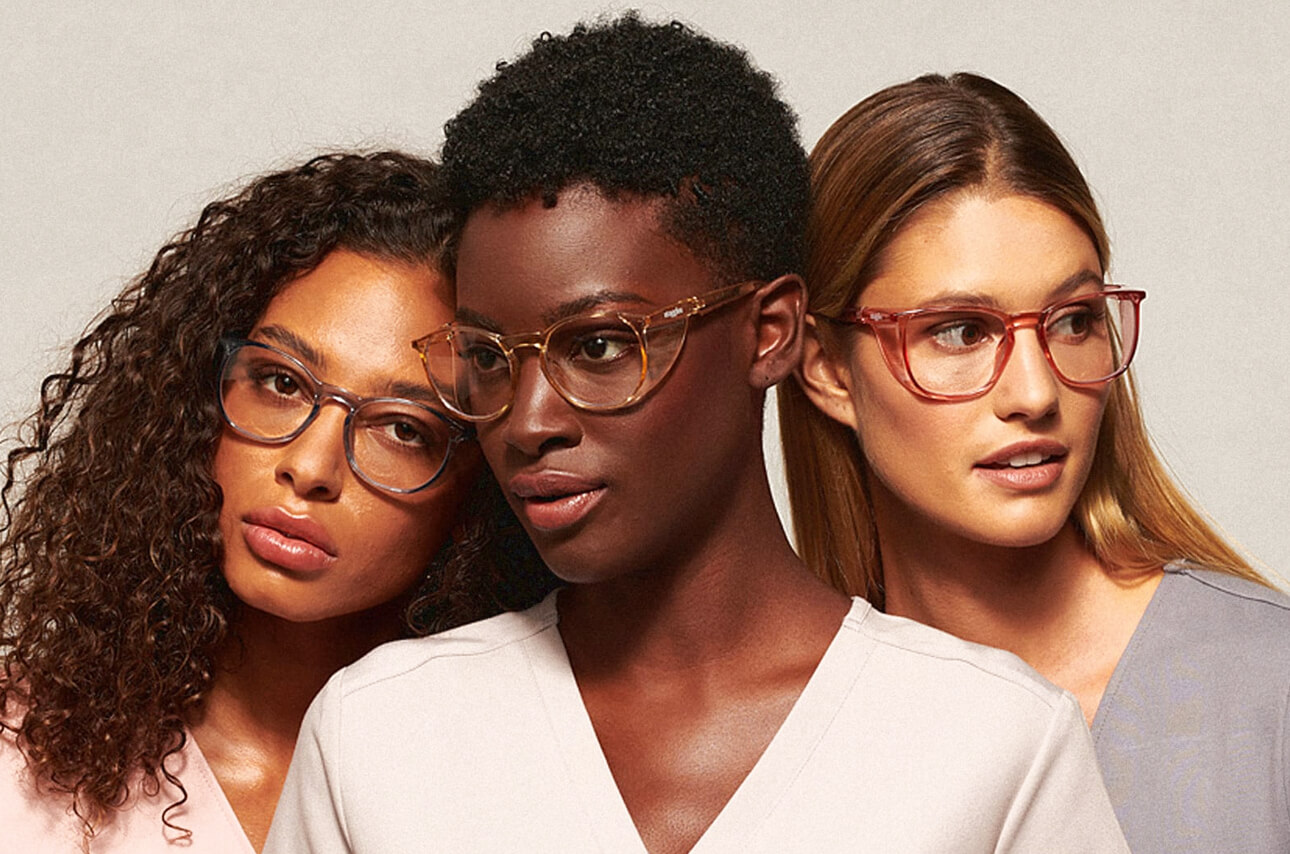
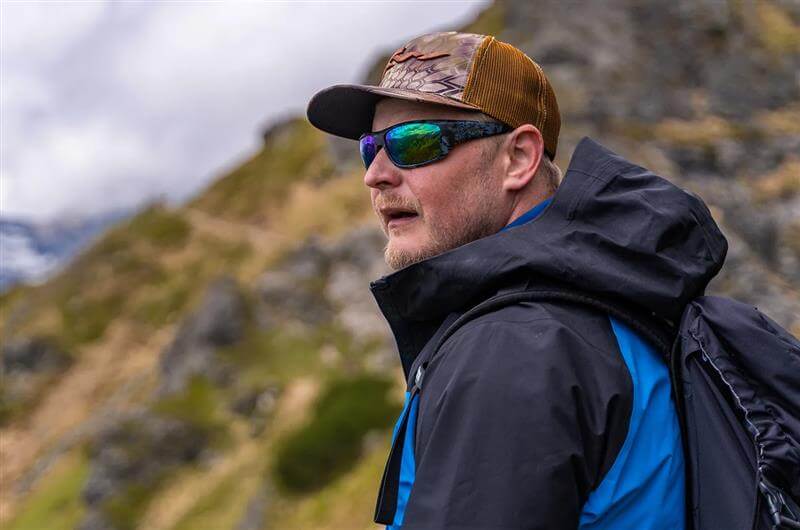

Leave your comment